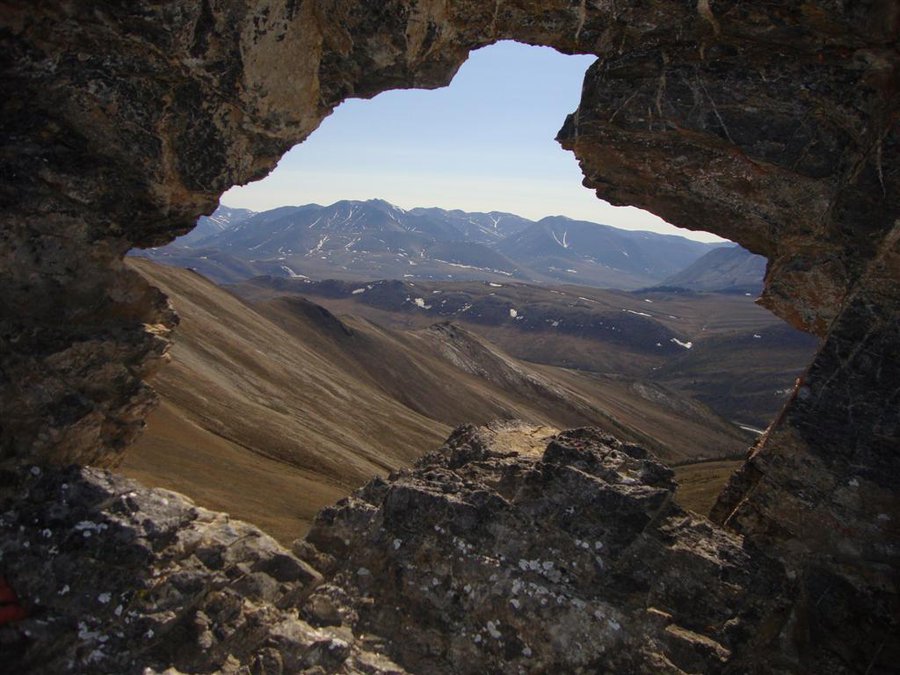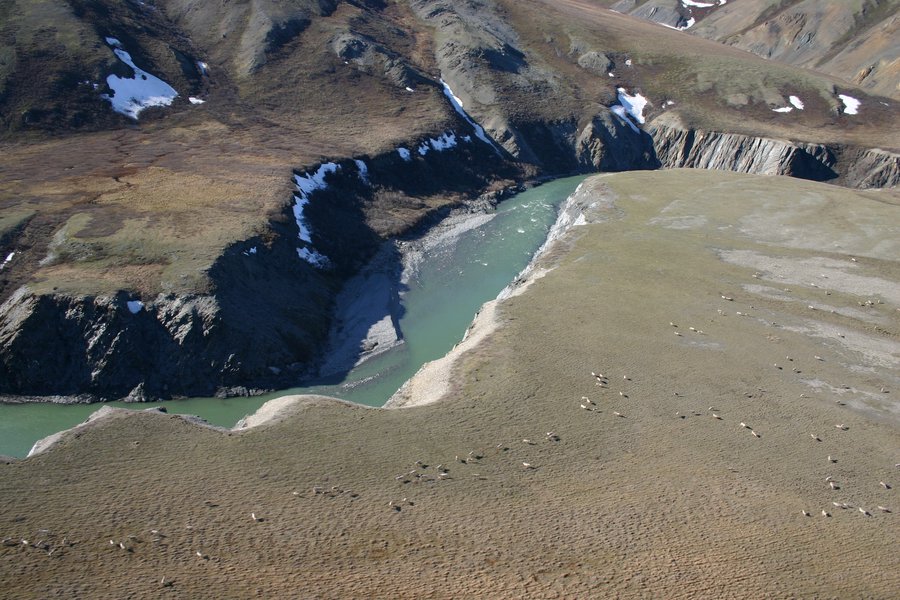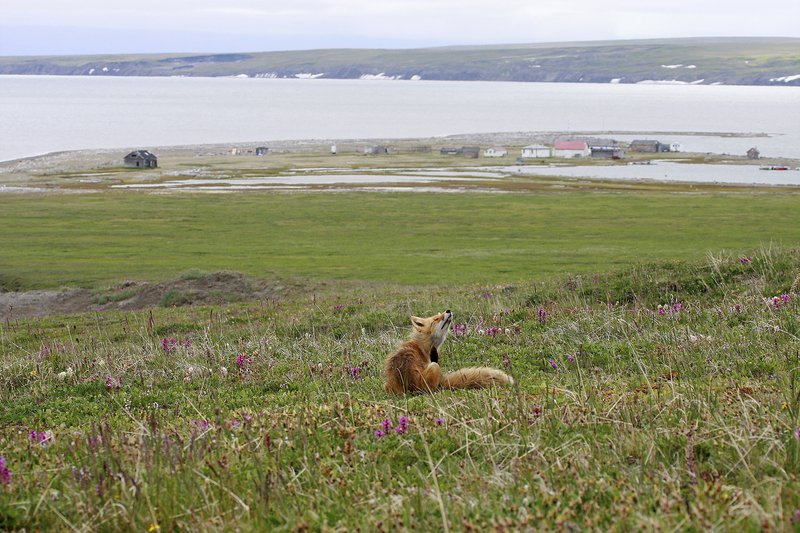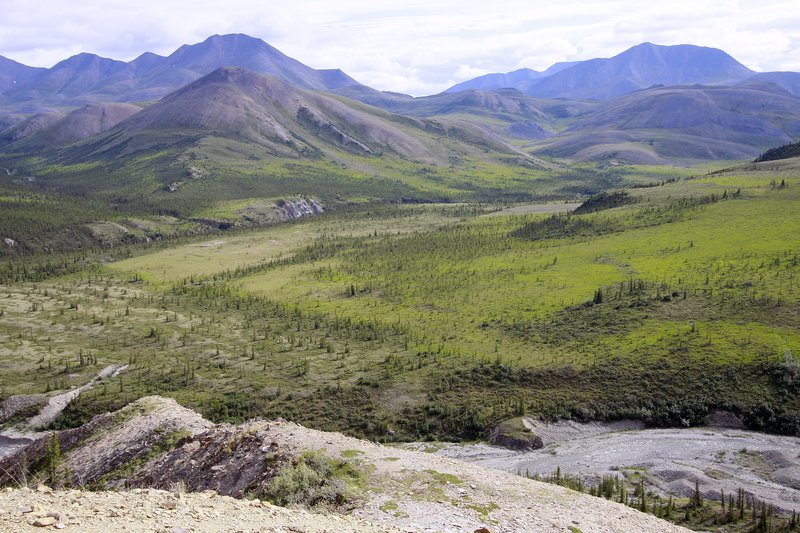The Land
Shaped over millennia by forces of wind, water and ice, the Yukon North Slope boasts an array of landscapes and geological wonders. As part of the Canadian Arctic, the area is one of the most severe environments for people and wildlife – and also one of the most interesting.
Learn more about this land, including our incredible parks, below.




